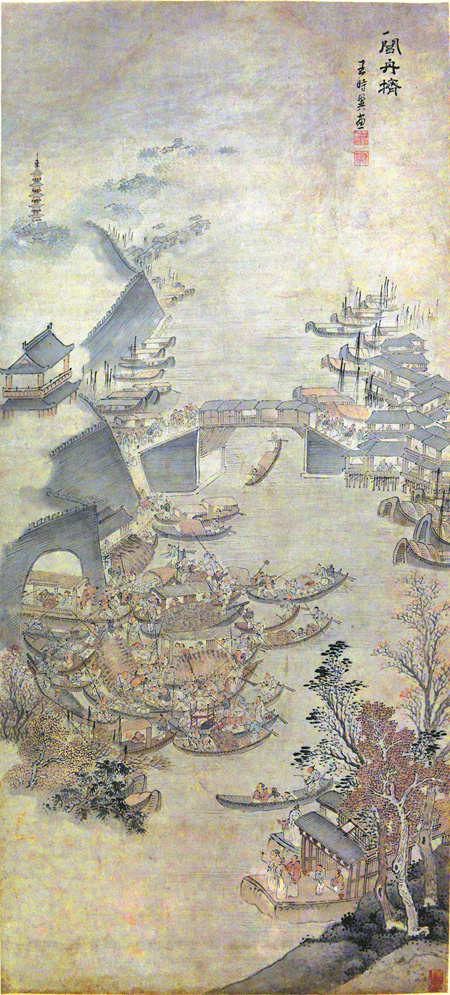

"None of that would have happened without a drastic change of demographics," says Von Spee, referring to the influx of immigrants into Jiangnan around 317, some of whom were also driven from their home by the repeated flooding of the Yellow River, which ran across the Chinese heartland.
Between the Western and Eastern Jin dynasties, a pattern was set for Chinese history as much as for Jiangnan: In the ensuing 17 centuries, whenever the north was engulfed in war or political instability, people moved southward, to Jiangnan, the haven and last defensive foothold upon which the fate of an empire would often hinge.
Xie (320-385) was born three years after that fateful relocation first made a Jiangnan city the capital, and therefore political center, of a Chinese empire. Keeping in mind that the literarily minded man had been living a rather reclusive existence before being called upon by history, Xie effectively became an object of veneration for successive generations of educated Chinese, who considered his self-imposed solitude as not only a show of dignity, but also a prelude to great personal success.
The aforementioned piece, a painting-cum-embroidery with certain areas — the horse's saddle and the pine needles for example — highlighted with stitches, was commissioned by the powerful Ming Dynasty art theorist Dong Qichang (1555-1636). Dong intended it as a gift for a fellow official who was taking an extended leave from office, beseeching the recipient to "end your hiatus for the sake of the masses", to quote from Dong's own postscript to the work, written in 1632.
One thing is worth noting: During Dong's life, Jiangnan already constituted China's biggest talent pool, with natives, including Dong, occupying key positions in the central government of the Ming empire (1368-1644). Between Xie and Dong, Jiangnan had seen its own prestige rising steadily, to the point that it became the place to look to for the best China had to offer.